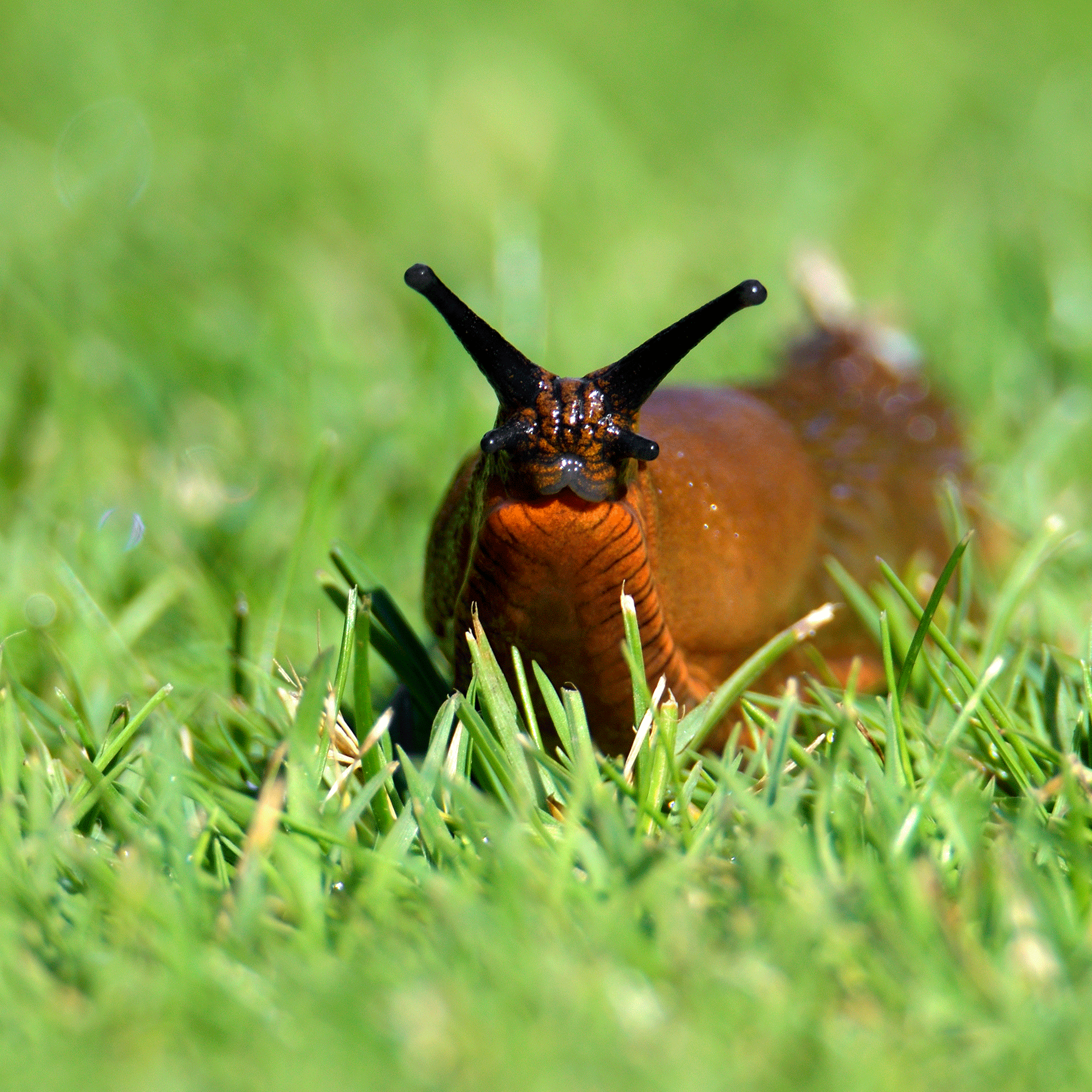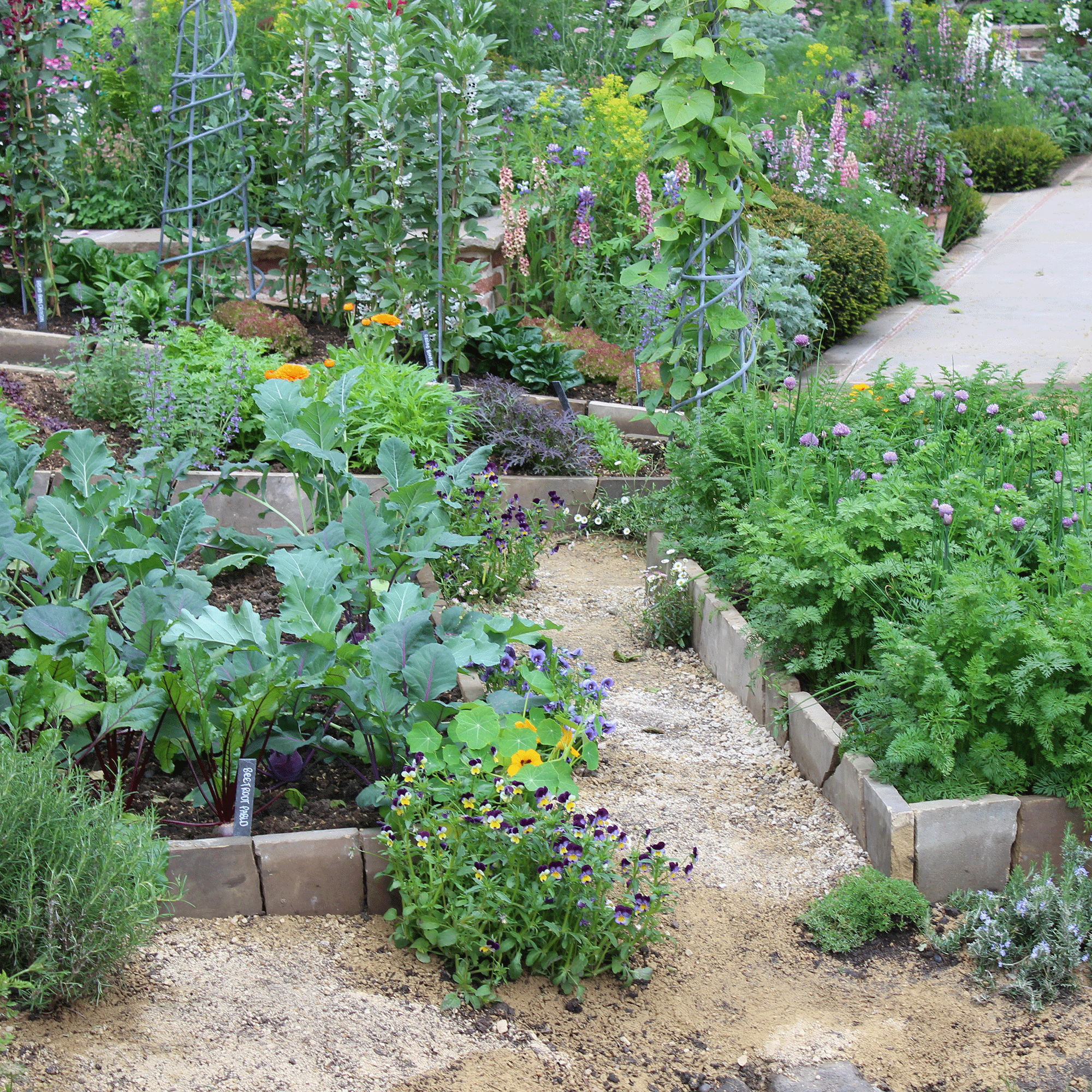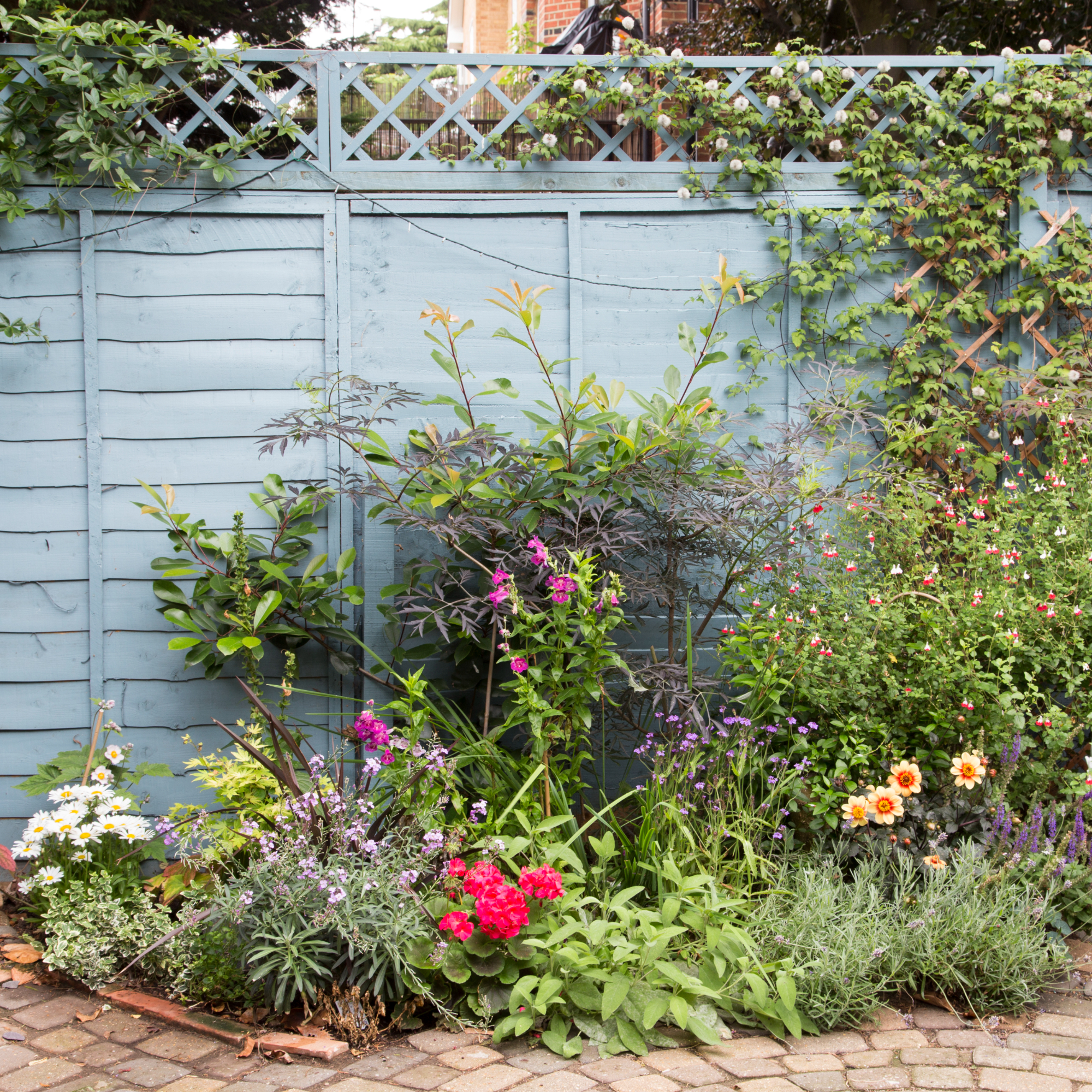
Hands up if you’ve seen enough slugs and snails in your garden to last a lifetime? I’m going to assume that you’re waving your hands in the air like you definitely do care right now, as these slugs and snails are probably feasting on your beloved plants and crops like there’s no tomorrow. But this natural slug trap hack could solve all of your slimy woes.
Yes, gardeners everywhere are furiously searching for handy tips and tricks on how to get rid of slugs and how to stop snails from eating plants at the moment. They seem to be everywhere, and they’re proving a nightmare whether you're investing in growing your own veg, or simply want a few flowers to brighten up this dreary summer.
And while I’ve come across a bucketload of slug and snail hacks over the years, this slug trap hack is one of the first I’ve tried that actually works. So, naturally, I just had to share it.
The snail and slug trap hack

Although there are many bedding plants that snails and slugs hate, it’s fair to say that there are many other plants these slimy critters absolutely love.
They’ll chomp on your lettuce, they’ll leave slime all over your lupins, and they’ll even have a nibble on dahlias. And while pot feet have the potential to stop pot them in their tracks, word on the street is that this all-natural slug and snail trap hack is even better.
Yep, this hack was brought to our attention by Jamie Walton, ecological veg grower extraordinaire and the face behind @nettlesandpettles. His aim? To help people deal with the invasion of slugs and snails in Britain’s gardens this year. After all, they’re everywhere.
In his caption, he explains, ‘The growing season so far has been awash with heavy rain and strong winds, the ideal conditions for slugs and snails to proliferate.’ But instead of using slug and snail pellets or chemical killers, he opts for less harmful approaches - including the damp plank hack.
He says, ‘I use damp planks of wood, which can make an effective trap. Simply lay them down at dusk and then in the morning turn them over, remove the slugs and snails hiding underneath and relocate them.’
Indeed, the hack really is that simple. As slugs and snails are drawn to wet, soggy conditions, they should slither their way over to the log (and, ultimately, away from your growing plants and crops) like a slug or snail to…well…a damp plank of wood.
As someone who has struggled to control the snail population in my garden this year - and has the ravaged runner bean stalks to prove it - I decided to test this slug and snail trap hack as soon as I saw it. And I can actually vouch that it works!

Although I didn’t have a proper plank of wood at my disposal, I decided to use a bit of panelling from my neighbour's side of the fence that had fallen into my garden (Yes, they know it’s broken. No, they don’t plan on fixing it anytime soon. Alas, the law is on their side).
It was already pretty damp from sitting inside my rickety old shed, so I simply moved it outside and next to my garden borders - AKA the slug and snail buffet. I left it overnight, and sure enough, I turned it over in the morning to a whole host of slugs and snails on the wood and not chomping on my flowers.
Then, I grabbed the plank of wood, opened the back gate, picked the slugs and snails off one by one, and popped them down at a safe distance away from my property. Of course, there’s no guarantee that they won’t eventually come back - but so far I’ve only seen one or two snails in my garden, and they were hanging out by my shed rather than my flower beds.

I’m not the only one who thinks this is a great idea, either. John Clifford, garden expert from Gardenstone says, ‘This is a great bit of advice for anyone who's struggling with slugs and snails.’
‘It's always better to use natural methods (such as the ones stated in the video) instead of chemical pesticides, as chemicals can have a really bad effect on your garden and can seriously damage your plants and your overall ecosystem. If an insect ingests a pesticide, then the predator of the insect will also ingest the predator.’
After all, you don’t want to harm the slugs and snails. Sure, they can be annoying and will probably ruin your crops, but experienced growers like Jamie want everyday gardeners to know just how important these animals are.

‘Let’s not forget that slugs and snails play vital roles within our ecosystems, clearing dead and decaying matter. It’s generally imbalances we create that cause their numbers to grow,’ he says.
And he even has another hack for dealing with slugs and snails - and that’s simply letting them do their thing while also managing the high numbers we’re dealing with at the moment.
He explains, ‘I always grow around 20% more than I need so I have spare plants just in case I lose any and I transplant them as larger plants so that they are more resilient and could whether a chomp from slug, giving you time to act.’
What you’ll need
FAQs
What is the best bait for slug traps?
In most cases, a damp piece of wood should be enough to lure slugs in so you can then move them elsewhere and away from your beloved plants and crops.
However, it’s fair to say that some gardeners have found success using other bait for their slug traps. Many people use beer, sugar, and even Marmite!
But if you’re looking for a completely natural slug trap that won’t harm the slugs in the process, sticking to wood and water is your best bet.
Do slug traps work on snails?
Yes, it’s generally agreed that slug traps also work on snails as both animals are closely related and part of the gastropod molluscs family.
Because of this, you’ll normally find that slug traps will also entice snails. But it’s important to note that slug traps are not guaranteed, and you may need to try a few methods of slug and snail prevention to find the perfect option.
So, will you be trying this slug and snail trap hack at home? I’d highly recommend it.







